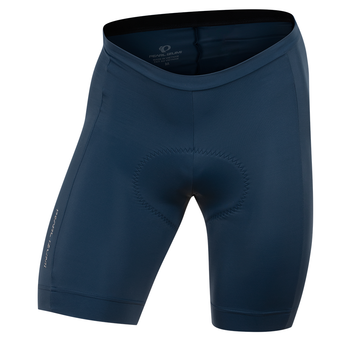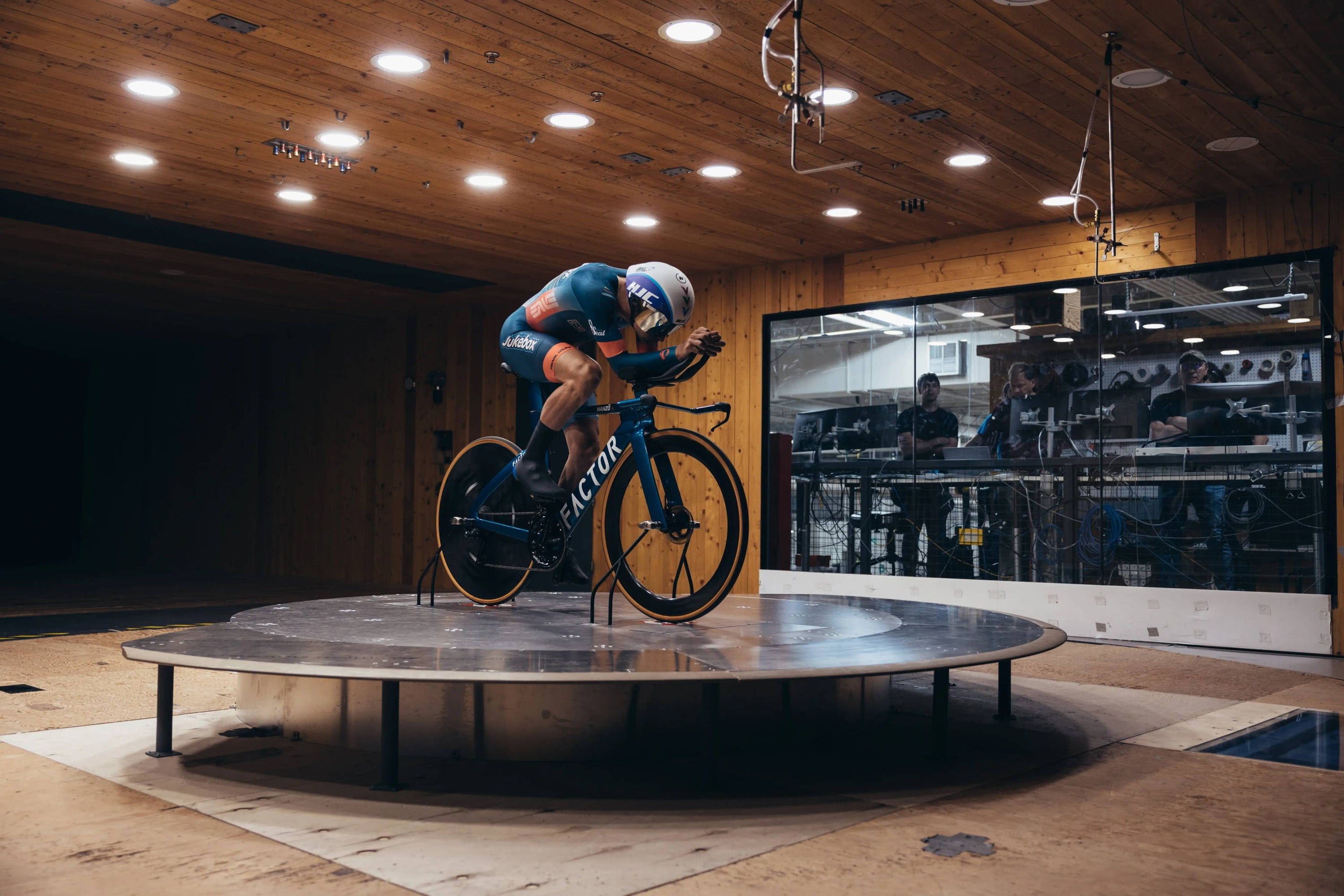You might have heard the terms “in-season” and “off-season.” As they suggest, there’s an ideal season for cycling, training, and racing—and then there’s winter. And though the days are getting longer, the tail end of fickle winter weather can take a toll on our moods, energy levels, and our training schedules.
Whether you’ve already logged hours on the indoor trainer or you’re peeking out the window waiting for signs of spring, it’s never too late to jump into a base training routine.
What is Base Training?
“Base training” is a fancy name for all of the miles you ride outside of the main season, which typically runs from March through October. Many athletes who ride or race a full calendar take some time off in the fall, ease back into training in the middle of winter, and are back to full steam by February and March.
Base training helps build a strong foundation for warmer weather and long days in the saddle. Plus, it’s so much easier to build fitness when you’re not putting your body through massive amounts of strain. “In general, the off season is really one of the only times to gain fitness,” says gravel racer Zach Allison. “In season, you're racing and resting so time you’re more limited to get in great training blocks.”
It doesn’t always have to look like hours on the bike, however. The off-season is a great time to incorporate cross-training through other activities. “My off season training tips would be to make training as fun as possible—ride with friends, go mountain bike or on hiking adventures, include lots of coffee stops,” says Mara Roldan, professional racer for Cynisca Cycling.
Professional gravel racer Alexey Vermeulen also maintains the importance of time off-bike. “I believe in lots of cross training and a true break from the bike. I spend most of November off the bike and try not to get back on until I truly miss riding.” Making time for rest and other activities helps racers like Vermeulen feel mentally prepared to return to the grind.
Depending on where you live, you might have access to activities like cross-country skiing, hiking, trail running, and more, all of which can help you embrace the fun factor of this season.
Why Train in the Winter?
Winter training sets you up for success throughout the rest of the year. Fitness isn’t quite “use it or lose it,” but it’s not realistic for most of us to take multiple months off and hop back on the bike like nothing happened.
Still not convinced? Many of your cycling peers are staying active in the winter. Maintaining a routine can make returning to group riding or tackling new routes in the spring that much easier. This is also a valuable time to work on building strength in the gym, which is necessary for bone health and can help you build on-bike power.
The caveat about winter training: make sure to take a true off-season, whether it’s time off the bike or time spent cross training. “Be okay taking time off; this is not the time of the season to be pushing or feeling burned out,” says Paige Onweller, professional gravel racer.
Fellow gravel racer Whitney Allison adds, “immunity is a highly underrated aspect of off-season training. My coach always says you can only train as much as you can recover—and it’s important to recognize when to scale back.”
What Gear Do I Need?
Your cycling discipline will often influence gear selections. For example, road cyclists tend to move at higher speeds and may be more exposed to the wind. Alternately, off road cyclists will have to contend with mud and snow (when the trails are open, that is). To help you decide, we asked some of our favorite professional cyclists for their top picks of what to wear to weather the storm.
Road
On the road, it’s important to cover every piece of your body that could be exposed to the cold. You’ll want to think of your layers from top to toe—taking special care to trap heat around your core. Cara O’Neill, professional cyclist for Cynisca, says, “In the off-season, you want stay to comfy, warm, dry. The Transfer Wool Long Sleeve Baselayer really punches the ticket.”
Mara Roldan, O’Neill’s teammate, opts for Pearl iZUMi thermal bib tights and AmFIB® Shoe Covers for winter road riding, which helps her avoid the trainer. “I used to always have frozen toes when I rode outside, but the shoe covers have been life-changing for winter training,” she says.
Gravel
Gravel is the medium between road and mountain biking. Plan to spend time on the road as well as potentially technical terrain. Keeping your core warm and dry is just as important on mixed terrain, which is why Whitney Allison reaches for the Quest Thermal Jersey all winter long.
She adds that it’s helpful to have a range of glove options in your arsenal: “Pearl really excels in having a solid variety of gloves, so you can play musical gloves all winter long as the temperatures swing.” Reach for the Thermal Lite Gloves on warmer days, and the AmFIB® Lobster Evo Gloves on the coldest days for maximum comfort.
Vermeulen maintains that the best gear feels barely-there—even in the winter. “My favorite thing about the Expedition tights is feeling like I am not wearing tights,” he says. “Most bib tights rub in odd places the longer you ride, but there’s no more chafing here.”
MTB
On the mountain bike, cyclists have to prepare for anything. When you’re riding in a remote location, you’ll want to take extra care to dress for extreme conditions (and even pack some backup layers).
Freeride pro Mark Matthews selects different gear depending on the weather. He reaches for the Canyon Long Sleeve Jersey and ECOLoft™ Jacket for cold and dry days, and the Summit PRO NeoShell® WxB Jacket and Summit 3L WxB Pants to avoid the chill of wet winter weather.
Fezzari athlete Kailey Skelton also reaches for the Elevate Knee Guards for added protection against falls.
Indoor
The indoor trainer is something that unites us all. Few cyclists actually enjoy spending time in the pain cave, but depending on where you live and what your schedule looks like, training indoors can be the most efficient way to prepare for the season.
There are a variety of trainers available at a variety of price points. However, if it’s available to you, a smart trainer does provide maximum comfort and convenience. “Investing in a smart trainer is going to be a huge asset for your winter training,” says gravel racer Jake McGee. The technology makes indoor training seamless, “so you’ll be very strong by the time race season comes around.”
The great news is that any bibs or shorts you have lying around will work for indoor rides. Keep in mind that selecting a pair with a high quality chamois will increase your comfort factor, which is especially important when you’re riding in a static position. A jersey or baselayer isn’t necessary, although it can help you stay cool if you’re a heavy sweater.
For indoor training, your setup is almost more important than what you wear. A fan, sweat towels, and plenty of water and nutrition will make those rides more bearable.
“I like to make my indoor setup ‘fun,’ which may seem like a challenge,” says Ashley Frye of Cynisca. “One simple thing I like to do is set up my trainer near a window so I can look outside.” She also recommends passing the time with a movie you’ve been looking forward to, or capping your session at a couple of hours to avoid burnout.




Comments